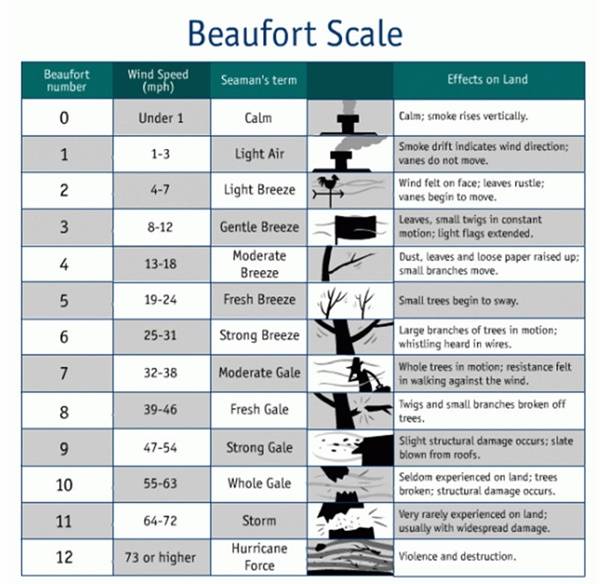Riding the Wind with Francis Beaufort: How a 19th-Century Scale Took Flight in Aviation
Image of a vintage biplane flying through clear skies with wispy clouds
Imagine the Wright brothers taking to the sky, not with sleek instruments and real-time weather updates, but with a keen eye and a 19th-century wind scale as their guide. That’s the reality early aviators faced, tackling unpredictable winds without a standardized way to measure their fury. Enter Francis Beaufort, a Royal Navy hydrographer whose ingenious wind scale not only revolutionized seafaring but took flight in the nascent field of aviation.
Life of Francis Beaufort in brief
Francis Beaufort, born in Navan, Ireland, in 1774, embraced the sea with youthful zeal. Joining the Royal Navy at 13, he braved perilous voyages, charted uncharted coasts, and even faced the harsh grip of shipwreck. Yet, his spirit remained unbowed. Ashore, he devised a secret code for naval communication, the Beaufort cipher, and crafted the iconic Beaufort scale, transforming the wind’s wrath into 13 distinct voices. Honored for his achievements, he ascended to the position of Britain’s Hydrographer, serving longer than any before him (1829-1846). Sir Francis Beaufort, as he was later knighted, left an indelible mark on the world, forever guiding ships through the ocean’s embrace and untangling the whispers of the wind until his passing in 1857.
Image of Francis Beaufort in his Royal Navy uniform
Beaufort’s brilliance lay in simplicity. Ditching complex instruments, he devised a 0 to 12 point scale based on readily observable effects like smoke drift, leaf movement, and whitecaps. This intuitive system, born from years at sea, empowered pilots like the Wright brothers to translate the invisible force of wind into clear, actionable terms.
Image of the Beaufort Wind Scale chart
No longer were gusts mere whispers or terrifying roars. Beaufort’s scale provided a common language, enabling pilots to share wind conditions and make informed decisions. It guided takeoffs and landings, alerted them to changing hazards, and helped them navigate treacherous air currents. Think of it as a Rosetta Stone for the wind, decoding its secrets and making the skies safer for those daring to explore them.
The scale’s impact wasn’t limited to immediate flight safety. It standardized wind data collection, fostering a deeper understanding of weather patterns and their impact on flight. This knowledge fueled advancements in aircraft design and flight operations, propelling aviation forward with each gust and gale.

Image of a vintage weather map with wind speed and direction indicators
Today, Beaufort’s wind scale remains a cornerstone of aviation meteorology. From pre-flight planning to real-time weather updates, it whispers warnings and guides decisions, a testament to the enduring legacy of a man who saw the wind not as a foe, but as a force to be understood and respected.
So, the next time you hear the wind whistling through the wings of a jetliner, remember Francis Beaufort. His simple scale, born from the salty spray of the sea, continues to navigate the skies, a silent guardian angel for every airborne adventurer.
Beyond the Facts:
- The Beaufort Wind Scale ranges from 0 (calm) to 12 (hurricane), with each level described by its observable effects on land, sea, and even the human body.
- While primarily used in marine and aviation contexts, the Beaufort Scale is also recognized by meteorologists and has become a part of everyday weather reporting.
- Meteorologists have adapted and modified Beaufort’s scale over the years, yet its core principles of observation and simplicity still form its cornerstone.
References and Further Reading
- National Oceanic and Atmospheric Administration. (2023). The Beaufort Wind Scale. https://www.weather.gov/tbw/beaufort
- British Royal Museums. (2023). Francis Beaufort. https://www.rmg.co.uk/collections/objects/rmgc-object-14015
- National Air and Space Museum. (2023). The Wright Brothers & Early Aviation. https://airandspace.si.edu/exhibitions/wright-brothers
- World Meteorological Organization. (2023). The Beaufort Wind Scale. https://library.wmo.int/index.php?lvl=notice_display&id=5814


